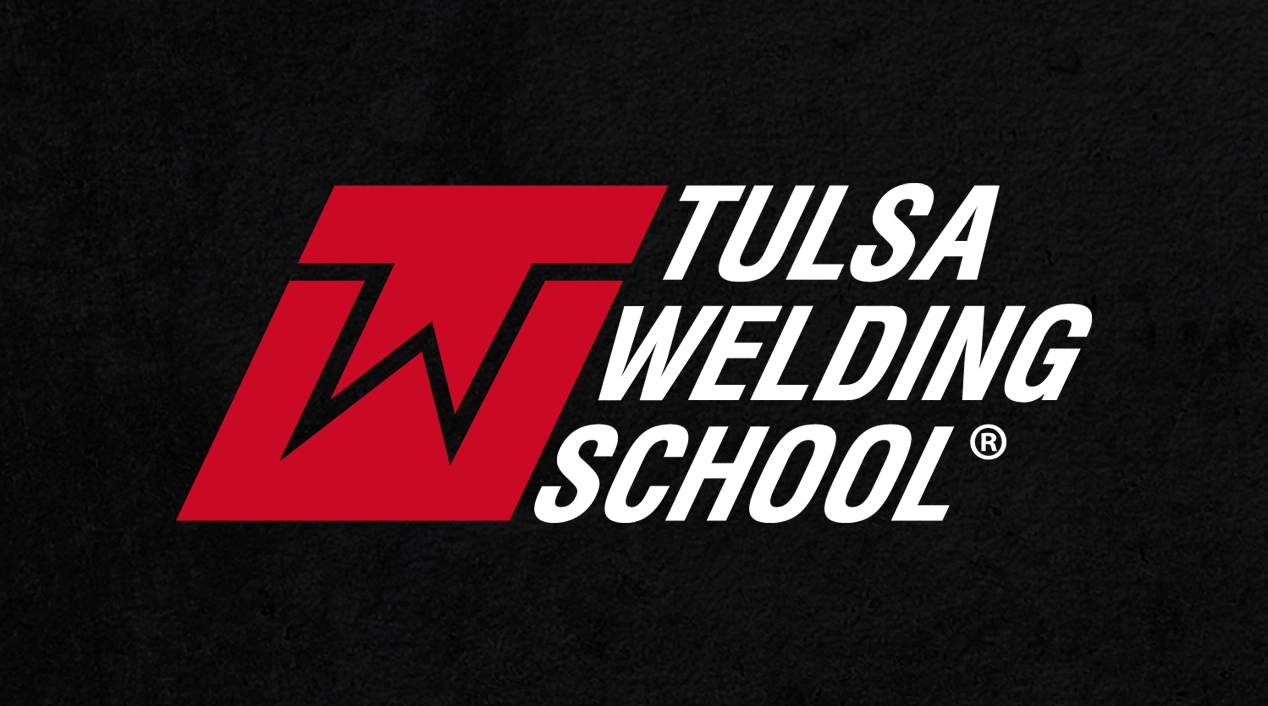TWS is a Great Training Option for Everyone
Learn more about how we can prepare you to advance your career.
Welders are responsible not only for knowing a variety of welding techniques, but for how to weld a variety of metals. Different metals possess different properties, and a technique that works well on one metal may produce a very poor weld on another. Here is an overview of welding requirements for different metals and alloys.
Aluminum Welding
This metal requires high power welding and very clean conditions. Using a hot flame and an oxide-free base metal surface will help avoid pooling during the weld and maintain surface tension as the metal melts. Pre-heating the aluminum also helps avoid weld cracking. Welders should also be prepared to move at a fast travel speed. Slow welds may risk burnthrough, particularly on thin gauge sheets of aluminum.
Steel Welding
As an alloy, steel itself has a variety of different types, and different welding techniques and welding equipment are needed depending on the particular blend. Low carbon steel is best suited for spot welding techniques. High carbon steel may form hard, brittle welds unless they are tempered. Austenitic and Ferritic stainless steels require greater technical skill to weld and require a higher heat from a spot welder. Martensitic stainless steel is a very hard material and not suited to welding. Most steels and stainless steels that can be welded are compatible with TIG welding techniques. Stick welding is commonly used in construction for welding steel structures.
Copper Welding
Copper and copper alloys (including different types of brass and bronze) are well-suited to arc welding because it allows for an intense weld with minimal heating to the surrounding areas. Copper conducts heat easily, so this can be an issue and cause the metal to lose ductility. However, thicker pieces should be pre-heated, with temperatures depending on the material or alloy. Copper welds are highly fluid, so they should be laid flat whenever possible to prevent molten metal from dripping.
Have You Considered a Career in the Skilled Trades?
Fill out the form to recieve a no obligation info packet.
Welding Courses at Tulsa Welding School
As you learn various welding techniques at Tulsa Welding School, instructors will introduce you to the different base metals commonly used in welding as well as the proper temperatures and methods needed to create strong, functional connections for each type of metal. Understanding this fundamental aspect of welding is crucial for any professional welder. A major part of deciding on the proper welding technique for a particular project will depend on the metal being welded, not just the task the finished piece will be used for. For more information about professional welding training courses, contact Tulsa Welding School.
Resources:
http://www.lincolnelectric.com/en-us/support/welding-how-to/Pages/guide-aluminum-welding-detail.aspx
http://www.gowelding.org/Types_of_Welding.html
http://www.brazing.com/techguide/procedures/copper_welding.asp
http://www.ehow.com/list_6453457_types-welding-metals.html
This blog has been labeled as archived as it may no longer contain the most up-to-date data. For a list of all current blog posts, please visit our blog homepage at https://www.tws.edu/blog/







